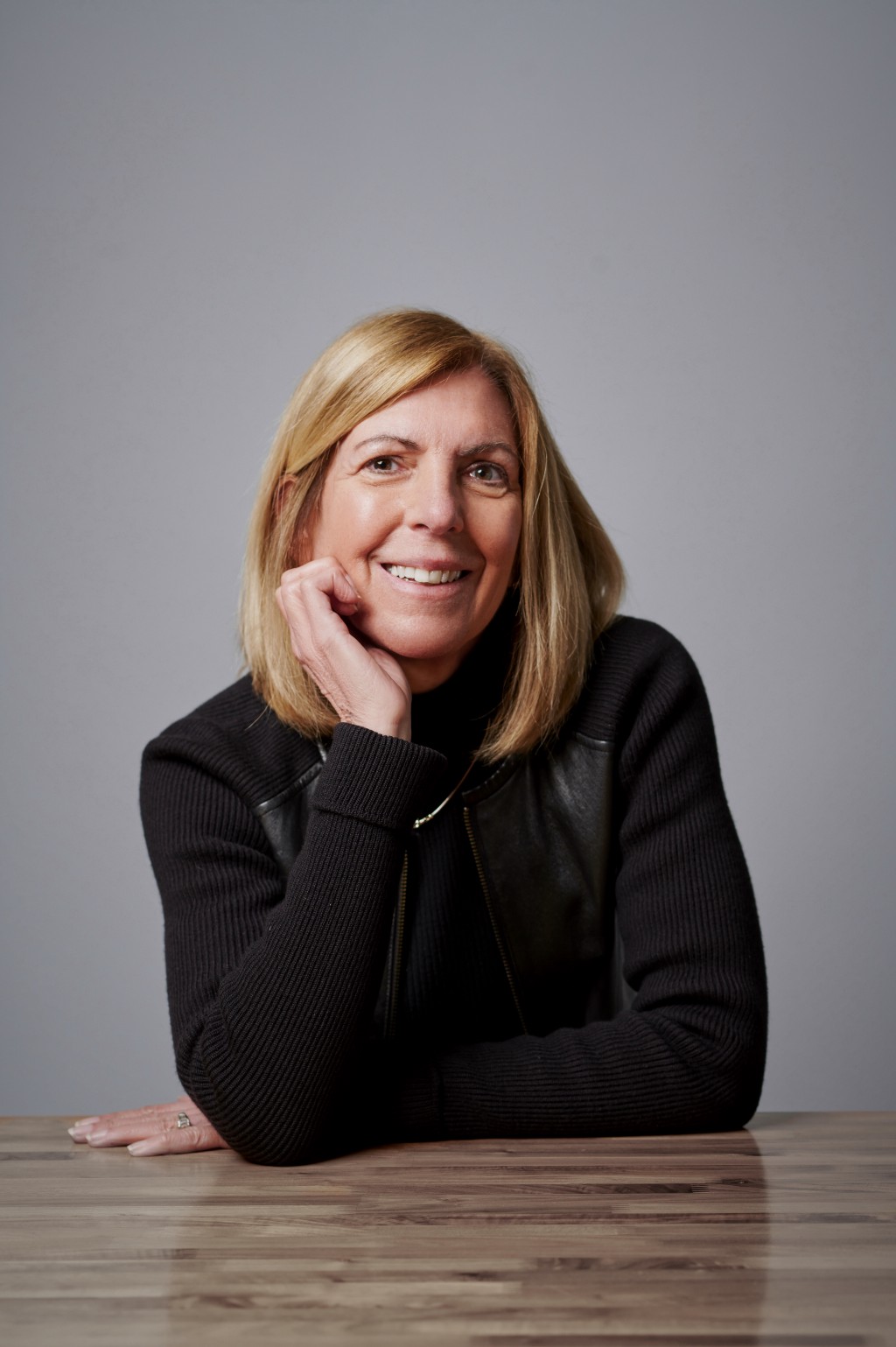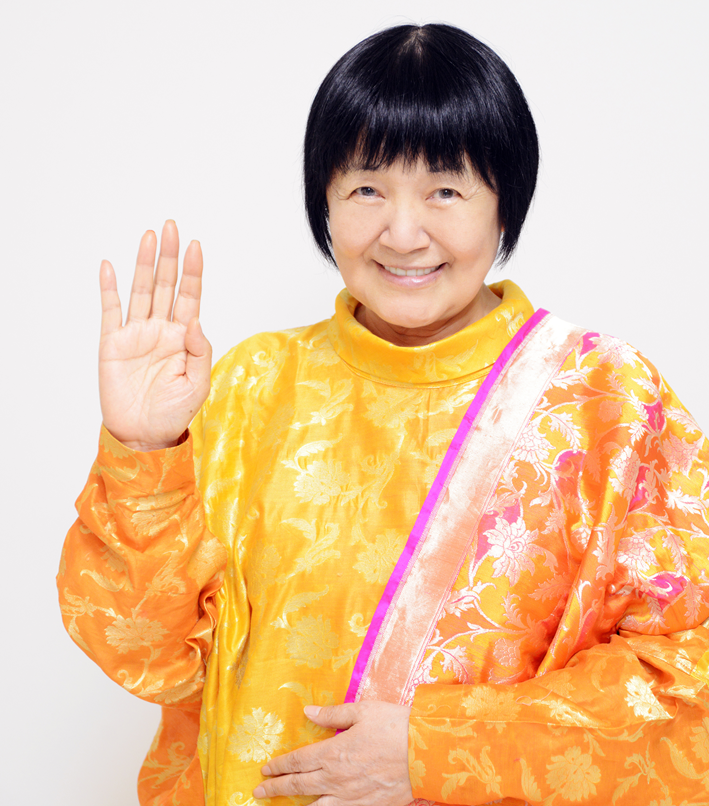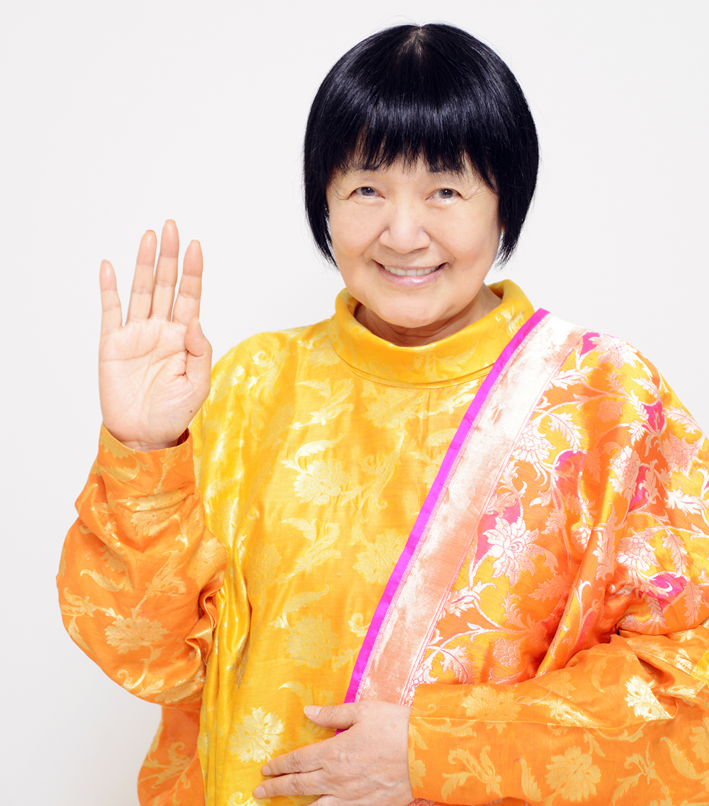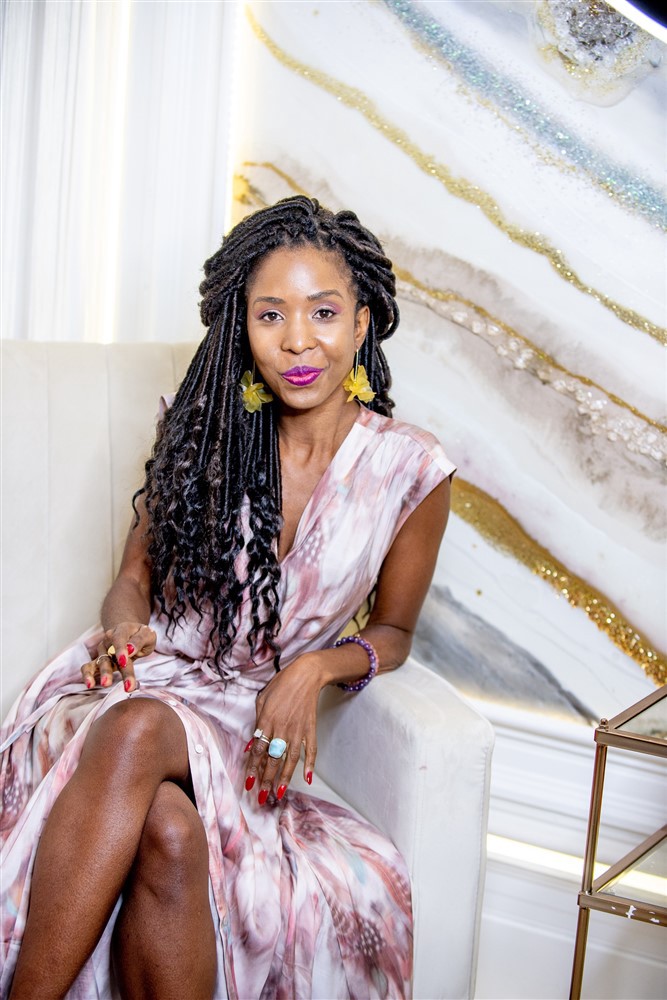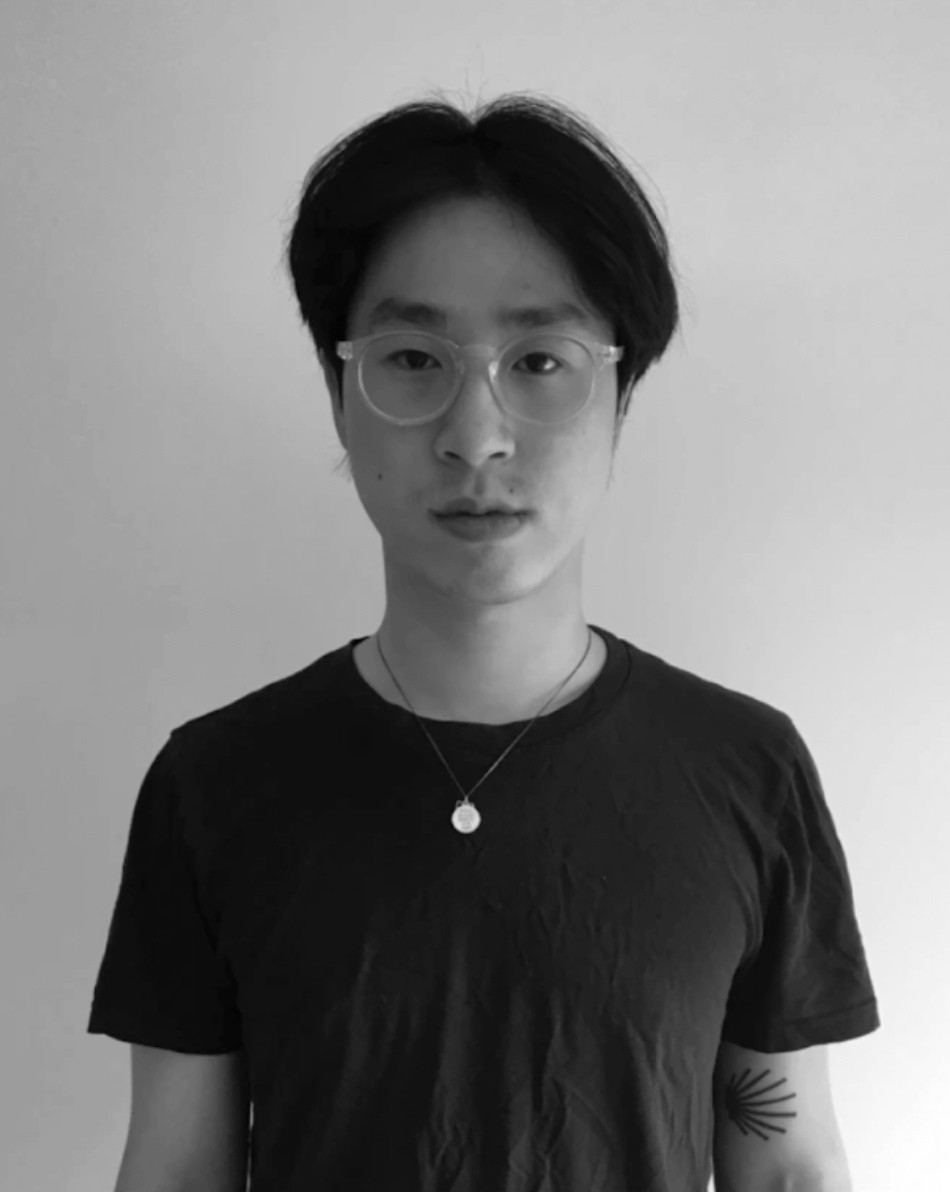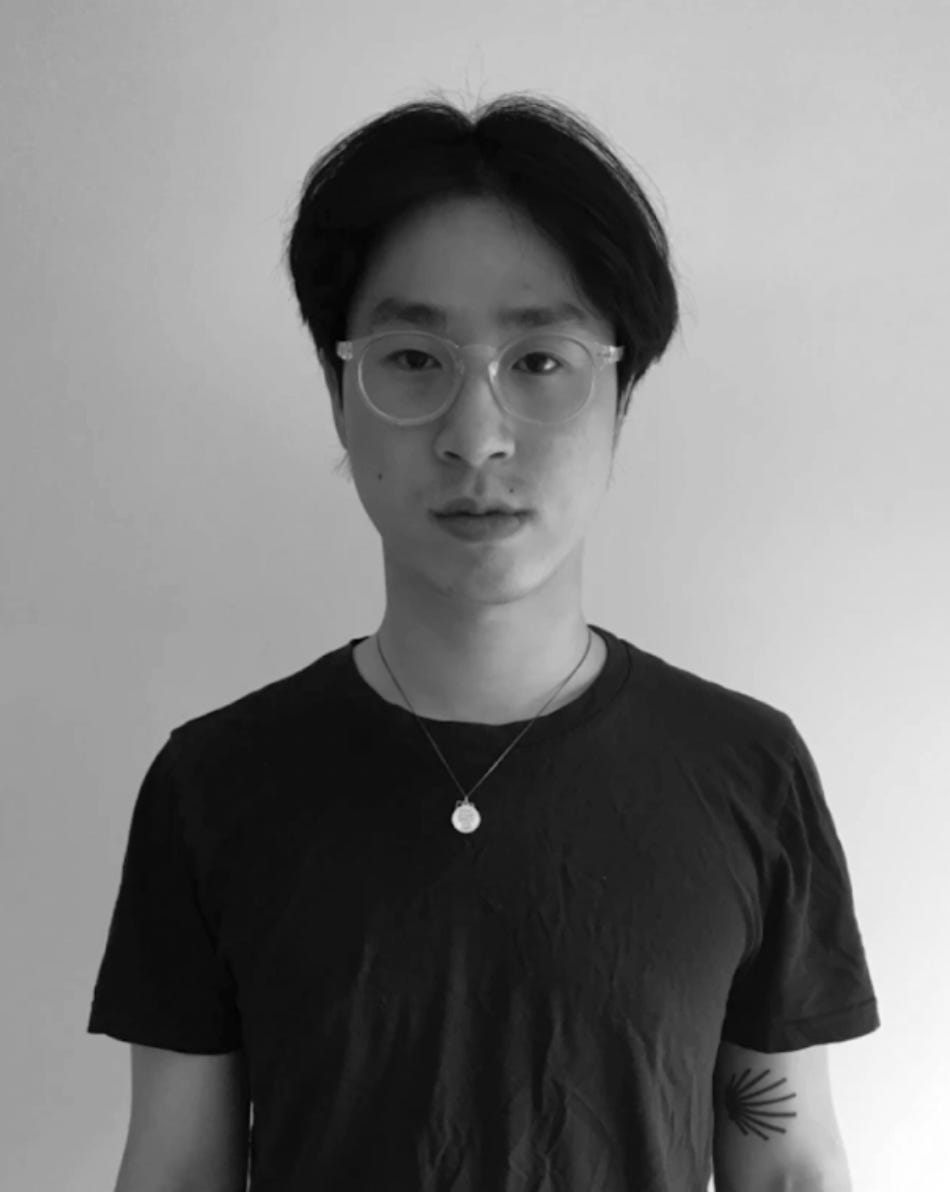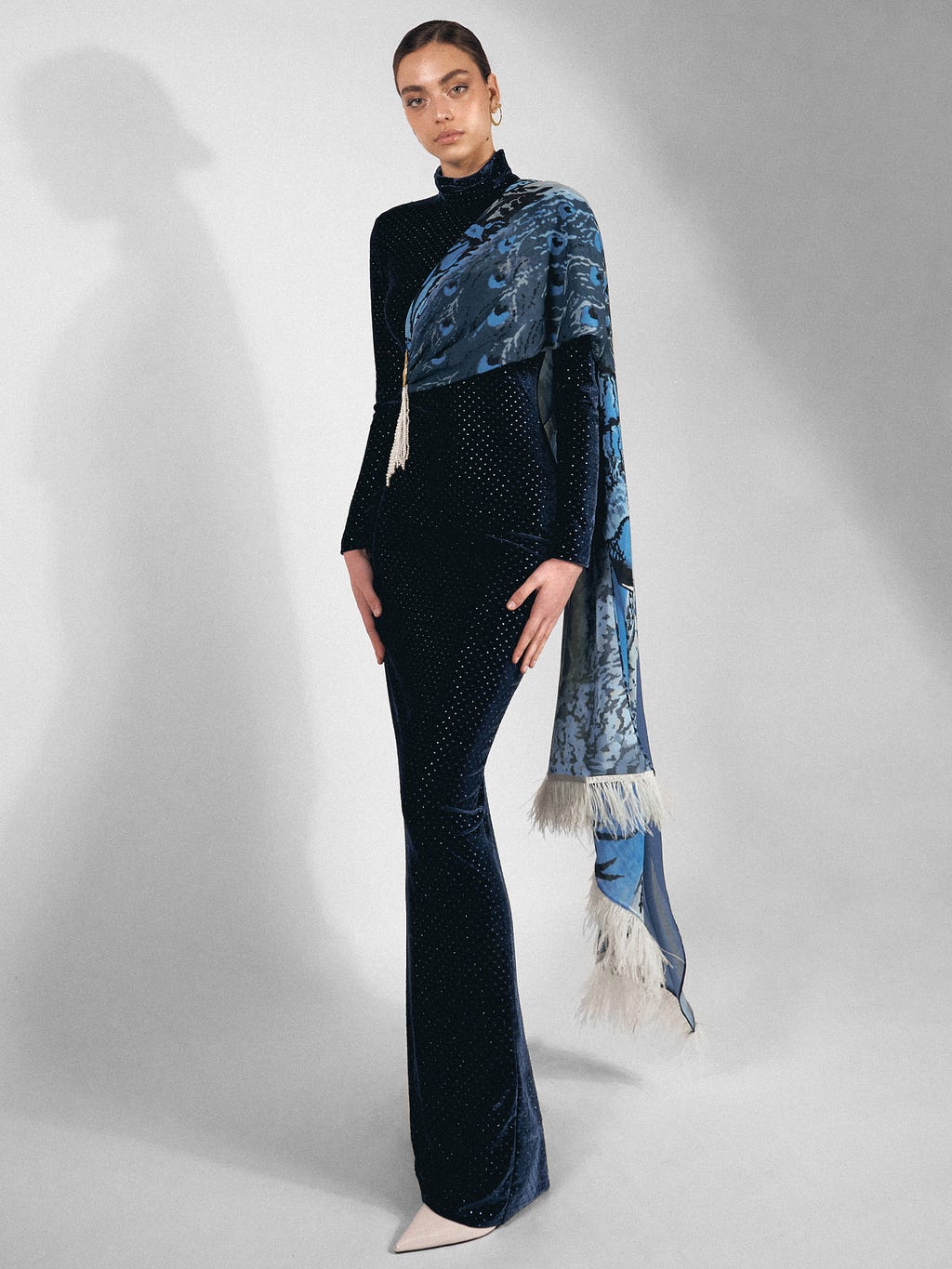Female Disruptors: Cindy Scott of INNOCEAN USA On The Three Things You Need To Shake Up Your Industry
An Interview With Candice Georgiadis

When I was in elementary school, I got in trouble for making origami puppets for the class and disrupting the lesson with a silly sideshow. When I got home, my father sat me down and asked me if I wanted to be the class clown or if I wanted to be the best student in the class. He told me that class clowns rarely are successful in life, and that I should put my energy into being a better student. It refocused me on learning as much as I could, everyday. I’ve carried that forward with me in life.
As a part of our series about women who are shaking things up in their industry, I had the pleasure of interviewing Cindy Scott.
Cindy Scott is the SVP of Strategy at INNOCEAN USA where she has led the charge in establishing proven and consistent strategic processes across all disciplines on a global basis. She has been the strategic brains behind Hyundai achieving the most successful years in its history and has also overseen the high-level strategy for Hyundai’s future looking mobility research. By tapping into her analytical and creative sides, she has the unique ability to connect short term success with long term value creation.
Thank you so much for doing this with us! Before we dig in, our readers would like to get to know you a bit more. Can you tell us a bit about your “backstory”? What led you to this particular career path?
I like to describe my career as a series of happy accidents. I started college as a mathematics major. After completing all my math credits, I switched to art as a major. My career counselor told me that I had a future in ‘illustrating math books’. At that point, I thought I could apply my analytical problem solving to law, so I graduated and went to law school, where I dropped out after a year. It was then I remembered a book that my aunt had given me years before titled ‘100 of the greatest advertisements’ and I got an MBA in marketing.
My first job was with Toyota’s forklift division, which gave me an entry into the automotive world and I’ve more or less been drawn to automotive marketing ever since.
Can you tell our readers what it is about the work you’re doing that’s disruptive?
I think the automotive industry is pretty insular, and usually compares itself to other automotive brands. Sometimes that results in being the biggest chihuahua. We are working with Hyundai to think outside the of category to benchmark to the best brands in the world. This is resulting in our thinking very differently about creative and brand behaviors.
Can you share a story about the funniest mistake you made when you were first starting? Can you tell us what lesson you learned from that?
The first presentation I ever made was to the organization’s sales team. It was all about insights about their performance in their markets and comparisons across regions. I had about 50 slides. I was so nervous that I went through all 50 in about 10 minutes. Needless to say, I got an awful lot of ribbing about that for a very long time. But I also found out that they were really interested in what I was (trying) to present.
It was an embarrassing moment, but I learned a lot. I learned that if your presentation is relevant to the audience, they will want to hear what you have to say. And if you take the time to give your audience new insight, they will become your best friends.
We all need a little help along the journey. Who have been some of your mentors? Can you share a story about how they made an impact?
I’ve been very lucky to have a number of mentors along the way. There were several non- traditional women in my family. I had an aunt who got her PHD and was a government economist. She would send me books for holidays and birthdays that opened my world view at an early age.
At a time when it was unusual, my mother worked full time from the time I was in elementary school. That inspired me to think beyond the normal life paths open to women.
One of my early mentors in the automotive business told me I needed to go to the field if I wanted to be successful. I was sent to Minnesota to sell parts to car dealers — something completely out of my comfort level. At first I thought I was just checking a box, but I learned so much about operations and the business in general. I also took bonded with the parts managers by bringing them competitive intelligence and what I would call prehistoric dashboards that identified new opportunities
That advice and consequent experience spurred me to welcome challenges outside of my comfort level and learn as much as I can about all clients’ business, to add as much value as I can.
In today’s parlance, being disruptive is usually a positive adjective. But is disrupting always good? When do we say the converse, that a system or structure has ‘withstood the test of time’? Can you articulate to our readers when disrupting an industry is positive, and when disrupting an industry is ‘not so positive’? Can you share some examples of what you mean?
Interesting question. Of course, disruption works great for challenger brands who need to change the game. But sometimes, leaders need to consider disruption. Many years ago, when I was at an agency known for disruption, I co-wrote a chapter for a book that identified seven instances where brands might want to consider disruption, even if you’ve never been a challenger brand:
1. If you are no longer setting category values
2. If you are relying more heavily on deals and promotions
3. When you feel invincible
4. When the competitive set changes
5. When your customer base looks different
6. When your customer base fails to look different
7. When you cannot articulate a clear vision for your brand
Of course, just because you answer yes to one or more of these, you still need to carefully assess what to disrupt and what to keep…
Can you share 3 of the best words of advice you’ve gotten along your journey? Please give a story or example for each.
1) When I was in elementary school, I got in trouble for making origami puppets for the class and disrupting the lesson with a silly sideshow. When I got home, my father sat me down and asked me if I wanted to be the class clown or if I wanted to be the best student in the class. He told me that class clowns rarely are successful in life, and that I should put my energy into being a better student. It refocused me on learning as much as I could, everyday. I’ve carried that forward with me in life.
2) One year, it was time for my annual review. My boss at the time was a bit unconventional. I sat down, and he had written one sentence on a piece of paper — ‘be the leader that you are’. This was not the kind of review that I was used to, but in the end, it may have been the most constructive. It changed my behavior. It gave me more confidence, but also made me realize that people looked up to me, and that they wanted to learn from me. That taught me to up my game, but more importantly, it taught me to try to inspire and nurture team members to be their best.
3) When I was transferred to Chicago to call on dealers in Minnesota, a friend of mine told me to buy a warm coat! That was a great piece of advice!
We are sure you aren’t done. How are you going to shake things up next?
If I tell you, it wouldn’t shake things up, would it?
In your opinion, what are the biggest challenges faced by ‘women disruptors’ that aren’t typically faced by their male counterparts?
Oh, I could write a book!! Essentially, being a disruptor is in direct conflict with the expectation that women are congenial. Disruption, by definition, involves a bit of contrarianism. That’s not ‘nice’…thus women disruptors have a hard time, as sometimes the recipients don’t distinguish the thought from the messenger.
Do you have a book/podcast/talk that’s had a deep impact on your thinking? Can you share a story with us?
One Christmas when I was in about 6th grade, the Aunt that I referenced above gave me the book, ‘100 of the World’s Greatest Advertisements’. I loved that book, and deconstructed every ad –why it was great; how it communicated with impact, etc. It eventually inspired me to pursue advertising.
You are a person of great influence. If you could inspire a movement that would bring the most amount of good to the most amount of people, what would that be? You never know what your idea can trigger. 🙂
When I taught marketing at Cal State Long Beach, I had many students who were going to be first generation college grads, and had no role models in their family. Essentially, they were charting their own course. I would love to see more companies engage in mentoring programs that could help students understand how to get their first job, and what to expect.
Can you please give us your favorite “Life Lesson Quote”? Can you share how that was relevant to you in your life?
I had a boss that used to say ‘All’s well that ends’. While he said it as a joke, I believe that every experience, good or bad, can teach you something. Regardless of the outcome, always look at what you can learn from the experience.
How can our readers follow you online?
I have a Blog, ‘Creating Brand Traction’, that I wish I updated more regularly.
This was very inspiring. Thank you so much for joining us!
Female Disruptors: Cindy Scott of INNOCEAN USA On The Three Things You Need To Shake Up Your… was originally published in Authority Magazine on Medium, where people are continuing the conversation by highlighting and responding to this story.


